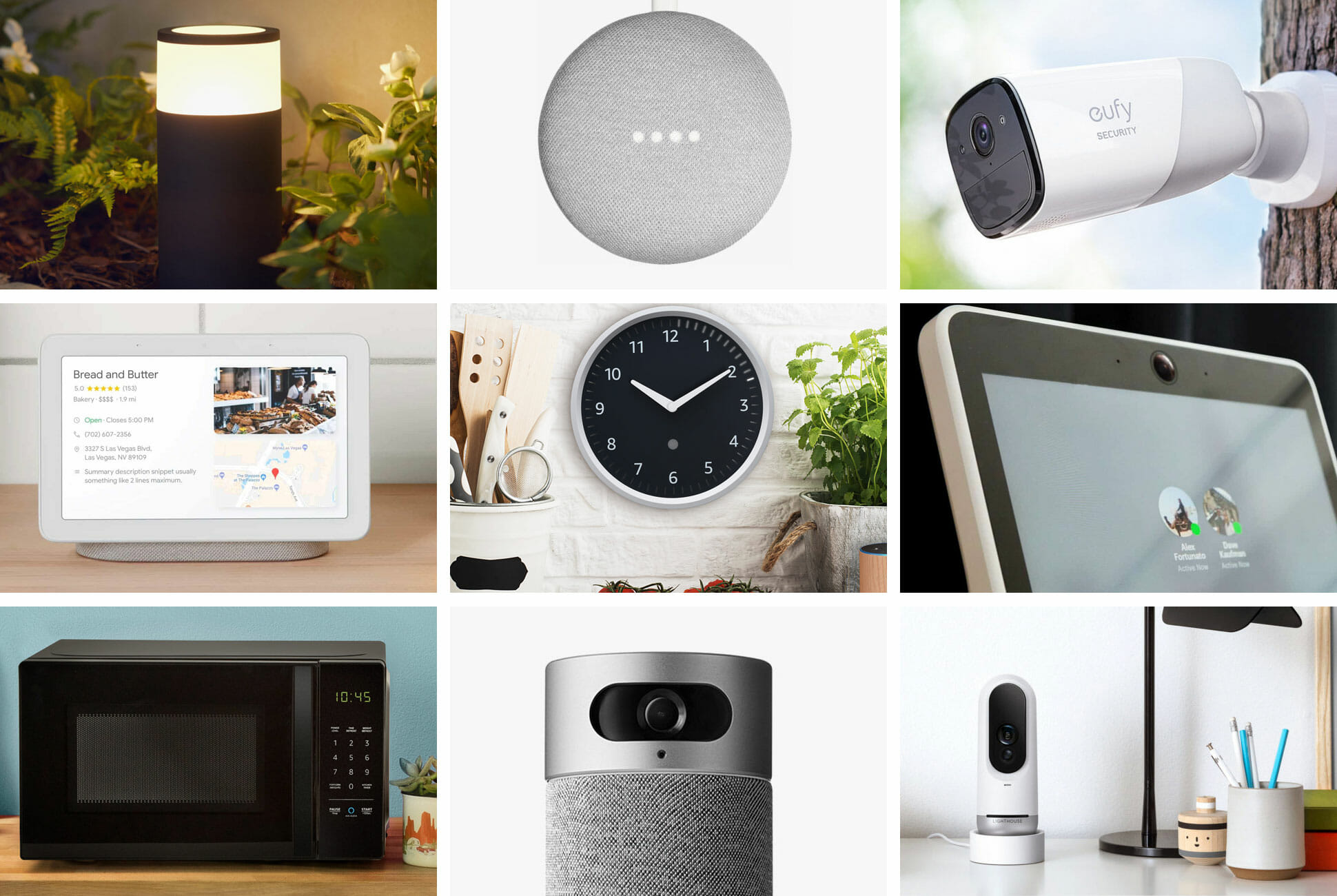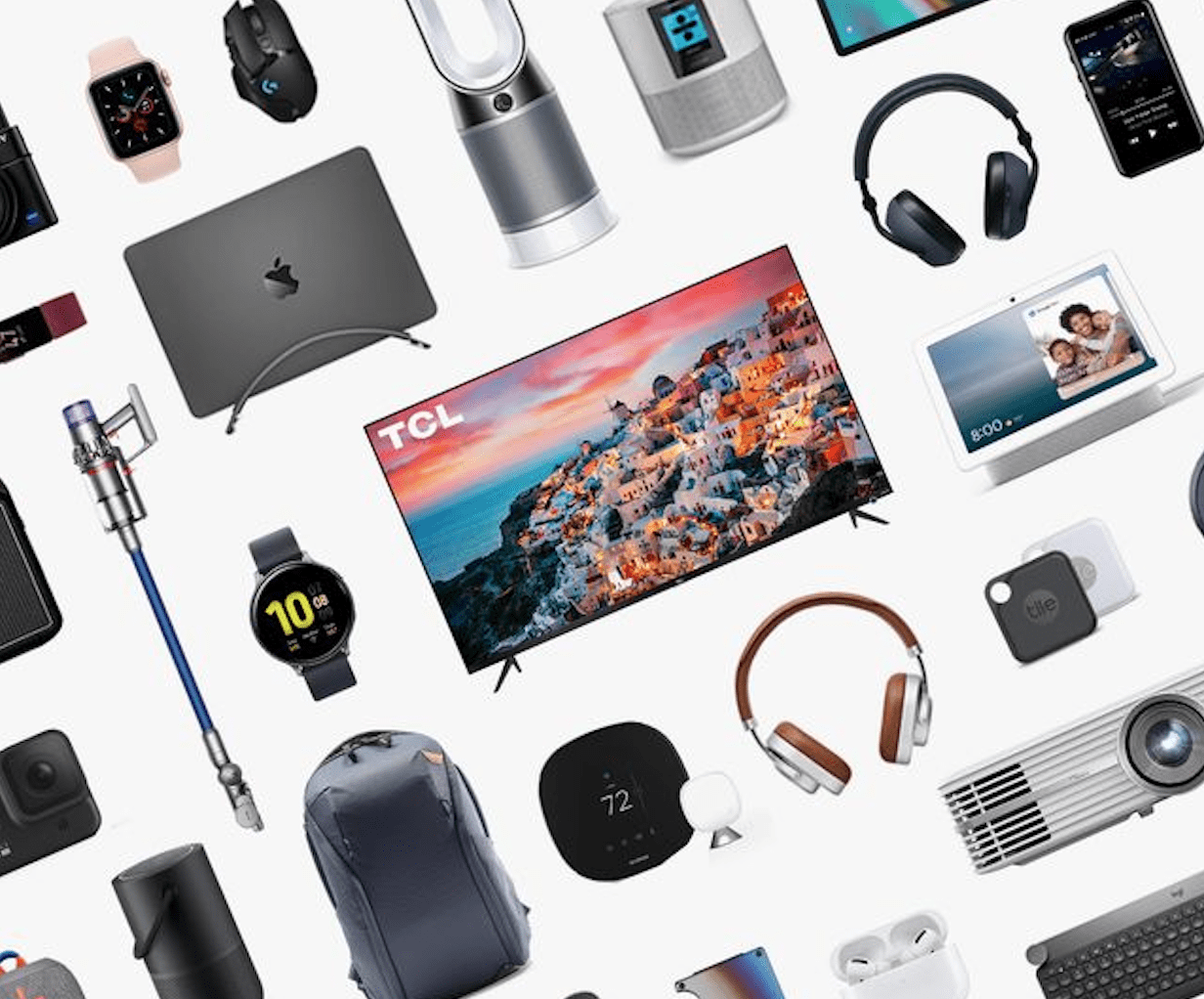Smart gadgets, a burgeoning technological landscape, are transforming the way we live, work, and interact with the world. From sleek smartphones to voice-activated assistants, these devices are seamlessly integrating into our daily lives, offering unprecedented convenience, efficiency, and entertainment.
Smart Gadget Market Overview

The global smart gadget market is currently valued at over $300 billion and is projected to grow at a CAGR of over 20% during the next five years. This growth is being driven by a number of factors, including the increasing popularity of the Internet of Things (IoT), the growing demand for connected devices, and the increasing affordability of smart gadgets.
Market Share of Different Types of Smart Gadgets
The market for smart gadgets is divided into a number of different categories, including smart home devices, wearable devices, and smart appliances. Smart home devices, which include devices such as smart speakers, smart thermostats, and smart lighting, currently account for the largest share of the market.
Wearable devices, which include devices such as smartwatches and fitness trackers, are the second largest category, followed by smart appliances.
Factors Driving the Growth of the Smart Gadget Market
The growth of the smart gadget market is being driven by a number of factors, including the increasing popularity of the IoT, the growing demand for connected devices, and the increasing affordability of smart gadgets. The IoT is a network of physical devices that are connected to the internet and can collect and exchange data.
The growing popularity of the IoT is creating a demand for smart gadgets that can be connected to the IoT and used to automate tasks and improve efficiency.
The growing demand for connected devices is also driving the growth of the smart gadget market. Consumers are increasingly looking for devices that can be connected to the internet and used to access information and entertainment. This demand is creating a market for smart gadgets that can be used to connect to the internet and provide consumers with access to information and entertainment.
The increasing affordability of smart gadgets is also driving the growth of the market. Smart gadgets are becoming more affordable, making them more accessible to consumers. This is creating a market for smart gadgets that are affordable and can be used by consumers to improve their lives.
Types of Smart Gadgets
Smart gadgets can be categorized into various types based on their function or industry. Here’s a comprehensive list:
Smart Home Devices: These gadgets automate and enhance various aspects of home living. They include smart speakers (e.g., Amazon Echo, Google Home), smart lighting (e.g., Philips Hue, LIFX), smart thermostats (e.g., Nest, Ecobee), and smart security systems (e.g., Ring, SimpliSafe).
Wearable Technology: This category encompasses devices worn on the body to track fitness, monitor health, and facilitate communication. It includes smartwatches (e.g., Apple Watch, Fitbit Versa), fitness trackers (e.g., Garmin Forerunner, Xiaomi Mi Band), and smart glasses (e.g., Google Glass, Bose Frames).
Smart Kitchen Appliances: These gadgets bring convenience and efficiency to cooking and meal preparation. They include smart refrigerators (e.g., Samsung Family Hub, LG InstaView), smart ovens (e.g., June Oven, Anova Precision Oven), and smart coffee makers (e.g., Breville Barista Touch, De’Longhi Dedica).
Smart Health Devices: These gadgets assist in monitoring and managing health conditions. They include blood pressure monitors (e.g., Omron Evolv, Withings BPM Connect), glucose monitors (e.g., Dexcom G6, Freestyle Libre), and sleep trackers (e.g., Fitbit Charge 5, Withings Sleep Analyzer).
Smart Entertainment Devices: These gadgets enhance entertainment experiences. They include smart TVs (e.g., Samsung The Frame, LG OLED), smart soundbars (e.g., Sonos Beam, Bose Smart Soundbar 900), and smart gaming consoles (e.g., PlayStation 5, Xbox Series X).
Benefits of Using Smart Gadgets

Smart gadgets offer numerous advantages to individuals and businesses alike. They enhance productivity, efficiency, and convenience in various aspects of life.
For individuals, smart gadgets simplify daily tasks and routines. For instance, smart home devices automate tasks like lighting, temperature control, and security monitoring, freeing up time for more meaningful activities. Smartwatches and fitness trackers monitor health metrics and provide insights to improve well-being.
Enhanced Productivity and Efficiency
- Smart gadgets streamline business processes and improve efficiency. Automated workflows and data analysis tools save time and reduce errors.
- Remote collaboration tools like video conferencing and instant messaging enhance team productivity and facilitate real-time communication.
- Smart inventory management systems track stock levels and optimize ordering processes, minimizing waste and ensuring timely delivery.
Increased Convenience and Accessibility
- Smart gadgets provide on-demand access to information and services. Smartphones and tablets offer instant connectivity to the internet, allowing for quick research, communication, and entertainment.
- Smart home devices offer remote control and monitoring capabilities, providing peace of mind and convenience from anywhere.
- Smart wearable devices like smartwatches and fitness trackers offer real-time updates and notifications, enhancing accessibility to important information.
Challenges of Using Smart Gadgets
The integration of smart gadgets into our lives brings numerous benefits, but it also presents potential drawbacks and challenges. Understanding these challenges is crucial for informed decision-making and responsible usage.
Privacy Concerns
Smart gadgets collect and transmit data, raising concerns about privacy. They may track location, activity, and personal information, which can be vulnerable to hacking or misuse. Users must be aware of the privacy implications and take steps to protect their data.
Security Risks
Smart gadgets can be vulnerable to cyberattacks, allowing unauthorized access to personal information or control over the device. Weak security measures or outdated software can create entry points for hackers. Users must prioritize security by using strong passwords, updating software, and implementing security measures.
Compatibility Issues
Smart gadgets may not always be compatible with each other or with existing systems. Different operating systems, protocols, and standards can create connectivity and functionality challenges. Users may encounter compatibility issues when trying to integrate smart gadgets into their homes or connect them to other devices.
Ethical Considerations
The use of smart gadgets raises ethical questions about data privacy, surveillance, and control. The vast amount of data collected by these devices has the potential to be used for purposes beyond the user’s knowledge or consent. Ethical guidelines and regulations are necessary to ensure responsible use and protect user rights.
Future of Smart Gadgets

The future of smart gadgets is promising, with continuous advancements in technology and increasing demand for convenience and connectivity. Emerging trends and technologies are expected to further revolutionize the industry, leading to innovative applications and broader adoption across various domains.
Emerging Trends and Technologies
The integration of artificial intelligence (AI) and machine learning (ML) is transforming smart gadgets, enabling them to learn user preferences, automate tasks, and provide personalized experiences. The adoption of 5G technology will significantly enhance connectivity, enabling faster data transfer speeds and reducing latency, thus supporting real-time applications and seamless device communication.
Potential Applications
Smart gadgets are poised to play a significant role in various domains:
- Healthcare:Remote patient monitoring, personalized health tracking, and AI-powered diagnostics.
- Education:Interactive learning platforms, personalized tutoring, and immersive educational experiences.
- Transportation:Self-driving cars, smart traffic management systems, and enhanced safety features.
Final Review: Smart Gadgets
As we delve deeper into the future, smart gadgets will continue to evolve, shaping industries, empowering individuals, and redefining the boundaries of human potential. Their impact will extend far beyond mere technological advancements, fostering a world where innovation and human ingenuity intertwine to create a more connected, efficient, and fulfilling society.
FAQ Explained
What are the benefits of using smart gadgets?
Smart gadgets offer numerous benefits, including increased productivity, enhanced efficiency, improved convenience, and access to a wealth of information and entertainment.
What are some challenges associated with using smart gadgets?
Potential challenges include privacy concerns, security risks, compatibility issues, and ethical considerations surrounding data collection and usage.
What is the future of smart gadgets?
The future of smart gadgets holds exciting possibilities, with advancements in artificial intelligence, wearable technology, and the Internet of Things driving innovation and creating new applications across various industries.
